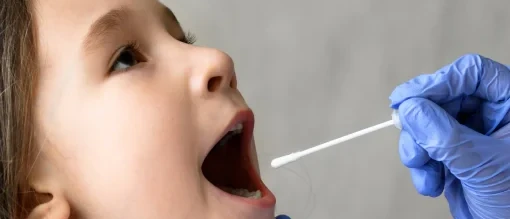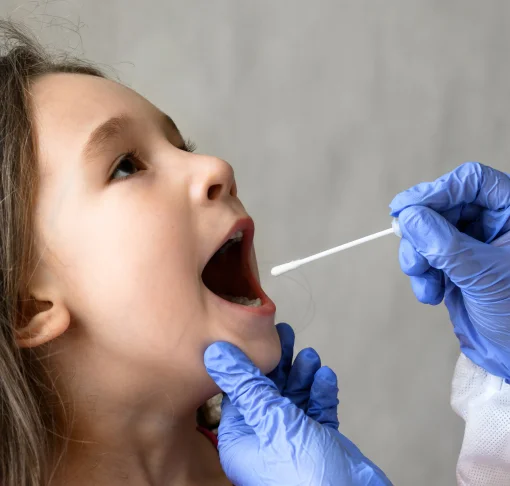What Parents and Teens Need to Know About Spice-Laced Vapes
In recent years, vaping has gained significant popularity among young people, often marketed as a safer alternative to smoking. However, a disturbing trend has emerged, particularly in the UK: vapes laced with a synthetic drug known as "Spice" are finding their way into the hands of teenagers. The effects of Spice are far more dangerous and unpredictable than those of cannabis, the substance it is designed to mimic. This blog will explore what Spice is, why it's so harmful, and how it’s becoming an increasing problem, especially among teenagers.
What is Spice?
Spice refers to a group of synthetic cannabinoid receptor agonists (SCRAs). These lab-made drugs were initially created to mimic the psychoactive effects of THC, the main chemical in cannabis. Unlike THC, however, Spice binds much more strongly to cannabinoid receptors in the brain, leading to intense and often harmful effects.
Originally, Spice appeared on the market as a legal high, often sold in colourful packets and marketed as a safe, natural alternative to cannabis. However, it quickly became apparent that Spice was anything but safe. The drug's unpredictable potency has earned it the nickname "zombie drug" because of its debilitating effects on users.
How Spice is Finding Its Way Into Vapes
Spice is typically sold in two forms: as a dried plant material sprayed with the synthetic drug or as a pure compound mixed into vape liquids. The latter has become particularly concerning, as it’s increasingly being found in vape products marketed to young people. These vapes often claim to contain THC, but in reality, they are laced with Spice, putting users at significant risk.
Recent investigations have found that a shocking number of vapes confiscated from schools across England contain Spice. A study revealed that 16.6% of nearly 600 vapes tested from 38 schools were laced with Spice, highlighting the widespread nature of the problem.
In the family law space where AttoLife operates, we help courts determine whether a person is “sober” or not. In these contexts, we are seeing more regularly that Spice is commissioned in addition to the standard MOCCAB panel for nail and hair strand tests for drugs.
There’s no question: Spice is on the rise.
Why is Spice So Dangerous?
The dangers of Spice are numerous. Firstly, its effects on the brain are much more potent and unpredictable than those of natural cannabis. Users may experience severe side effects such as dizziness, heart palpitations, seizures, and even psychosis. The risk is heightened because Spice's effects can be prolonged by its metabolites, which continue to interact with the brain's cannabinoid receptors even after the drug has been metabolised by the body.
Additionally, the addictive nature of Spice is alarming. Users quickly develop a tolerance, needing more of the drug to achieve the same effect. This can lead to a vicious cycle of dependence, as seen in the case of "Ben," a 14-year-old who became addicted to Spice-laced vapes, saying, "I didn't care how expensive it was, I didn't care if I had any money left - I just wanted to buy it." His story illustrates how easily young people can fall into the trap of addiction, thinking they are using a relatively harmless product, only to find themselves dependent on a dangerous drug.
The Impact of Spice on Mental and Physical Health
The effects of Spice extend beyond immediate physical symptoms. Long-term use can lead to serious mental health issues, including anxiety, paranoia, and even suicidal thoughts. For adolescents, who are already in a critical period of brain development, the risks are particularly severe. Spice can impair cognitive function, emotional regulation, and overall well-being, leading to lasting damage.
What Can Be Done?
Given the growing prevalence of Spice-laced vapes, it's crucial for parents, educators, and young people to be aware of the risks. Education is the first line of defence. Teenagers need to understand that not all vapes are created equal, and that some could contain harmful substances like Spice.
Parents should be vigilant for signs of Spice use, such as mood swings, anxiety, or unexplained health issues. If you suspect your child may be using Spice-laced vapes, seeking professional help is vital. Organisations like WithYou offer confidential support and advice for young people struggling with substance use. If you are an employer, you can head over to AttoSure and explore the point of care products that test for Spice, including Urine Cups.
Conclusion
The rise of Spice-laced vapes represents a new and alarming trend in youth drug use. While vaping is often seen as a safer alternative to smoking, the presence of synthetic drugs like Spice in these products turns them into a serious health hazard. By staying informed and vigilant, we can help protect young people from the dangers of Spice and ensure they understand the risks involved in using unregulated vape products.
To learn more about why spice isn't tested for as much as you might think, explore our thought leadership, "The UK Legal System Is Failing to Order the Right Toxicology Tests Due to Cost."

